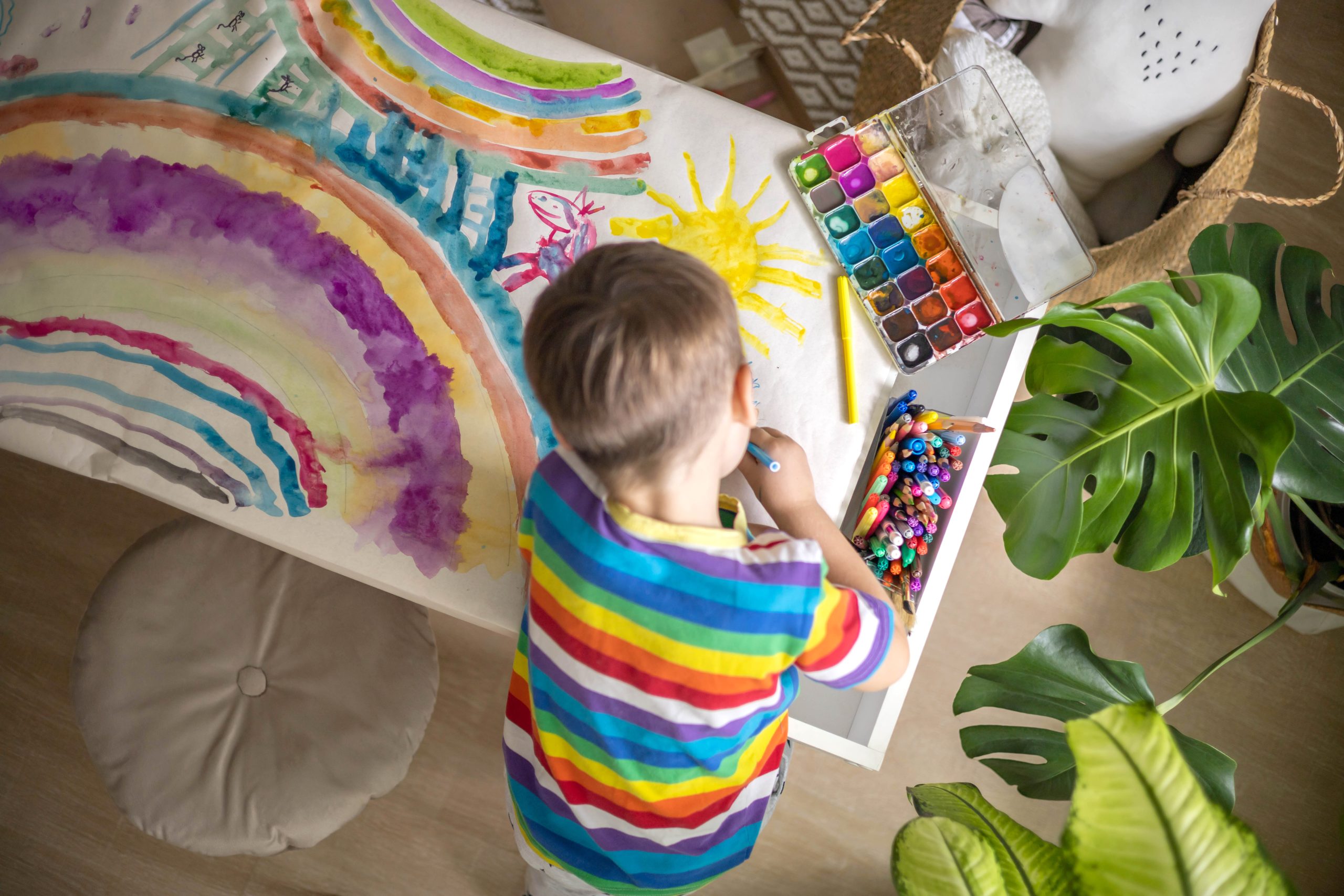Helping Little Learners Shine from the Very Start
-
First Floor, 10A Chandos Street London New Town W1G 9LE
Get In Touch
Email: [email protected]
Phone: +44 (0) 207 689 7888

Empower young learners with these top five printable tools. Colorful flashcards make vocabulary memorable and fun. Interactive phonics worksheets turn sound learning into exciting adventures. Story sequencing cards boost narrative skills and creativity by mixing scenes. Sight Word Bingo turns word recognition into a thrilling game. Printable reading comprehension passages develop understanding with engaging stories and critical thinking questions. Discover how these tools can enhance early reading skills and confidence!
Flashcards are an effective and engaging way to build vocabulary for early readers. You can create a vibrant learning experience by using colorful flashcards that capture a child’s attention. These tools help young learners associate words with images, making it easier for them to remember new vocabulary. When you incorporate flashcards into daily activities, you encourage repetition, which strengthens memory retention.
You can personalize flashcards to match a child’s interests or current learning themes, making the process more relatable and enjoyable. By regularly mixing and matching the cards, you challenge your child to recall words in different contexts, enhancing their comprehension and language skills. With flashcards, you’re not just teaching words; you’re building a foundation for lifelong learning in a fun, interactive way.
While colorful flashcards lay the groundwork for vocabulary building, interactive phonics worksheets take learning to the next level by focusing on the sounds that make up words. You’ll find these worksheets invaluable for guiding early readers through the complexities of phonics in an engaging way. They often include activities where children match sounds to letters, fill in missing phonemes, or practice blending sounds into words. By giving your child interactive tasks, they can connect sounds with written symbols, reinforcing their reading foundation.
Tailor these worksheets to your child’s skill level, ensuring they feel challenged but not overwhelmed. You’ll notice their confidence grow as they decode new words. With these tools, phonics becomes an adventure, not a chore, fostering a love for reading.
As your child’s reading skills advance, story sequencing cards offer an engaging way to boost comprehension and narrative skills. These cards help children understand the order of events in a story, which is crucial for building strong reading and storytelling abilities. When using story sequencing cards, you can:
These activities make learning fun and interactive!
Sight Word Bingo games transform learning into an exciting adventure for early readers. You can bring life to the learning process by incorporating these games into your child’s routine. They’re designed to make recognizing and recalling common words fun and memorable. Just print out the bingo cards, grab some markers, and watch your child engage in playful learning.
To play, simply call out sight words while your child marks them on their card. This interactive approach reinforces word recognition and boosts confidence. You’ll notice your child’s vocabulary expanding without the pressure of formal lessons. Sight Word Bingo is perfect for both classroom settings and at-home activities. It’s a versatile tool that turns reading practice into a lively, rewarding experience for your young learner.
After the excitement of playing Sight Word Bingo, you can keep the learning momentum going with printable reading comprehension passages. These passages are a fantastic way to develop your child’s reading and understanding skills. They offer engaging stories and questions that test their ability to recall and interpret information.
Here’s how you can make the most out of these resources:
These strategies will help your child become a confident reader.
You can customize printable tools by adjusting font size, adding images, or incorporating your child’s favorite themes. Tailor the content to your child’s interests and learning level, ensuring engagement and personalized learning experiences for better comprehension.
You should consider age recommendations when using learning tools. They’re typically designed for specific developmental stages. Check the guidelines for each tool to ensure it’s suitable for your child’s age and learning level.
You’ll need a printer, paper, and ink to start. Scissors and glue might be necessary for some activities. Organize a quiet space for learning, with pencils and crayons handy to support your child’s creative engagement.
You’ll find printable tools offer tactile engagement, enhancing focus and retention. Digital resources, while interactive, can distract with screen time. Balancing both can provide diverse experiences, but printables often encourage hands-on learning and creativity.
You can definitely use these tools for children with learning disabilities. They provide tactile and visual support, making concepts more accessible. Adapt them to fit individual needs and watch your child’s confidence and comprehension grow.